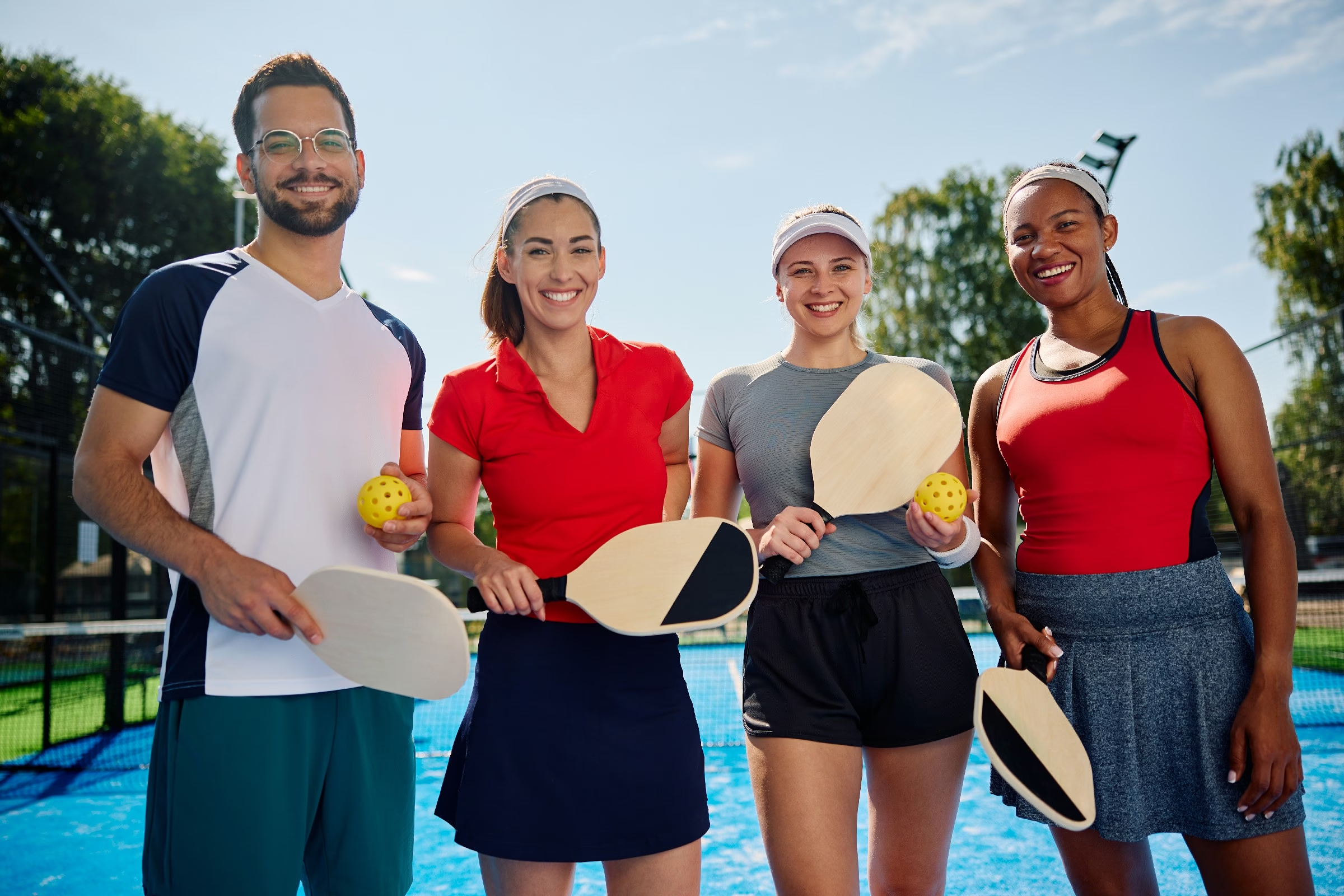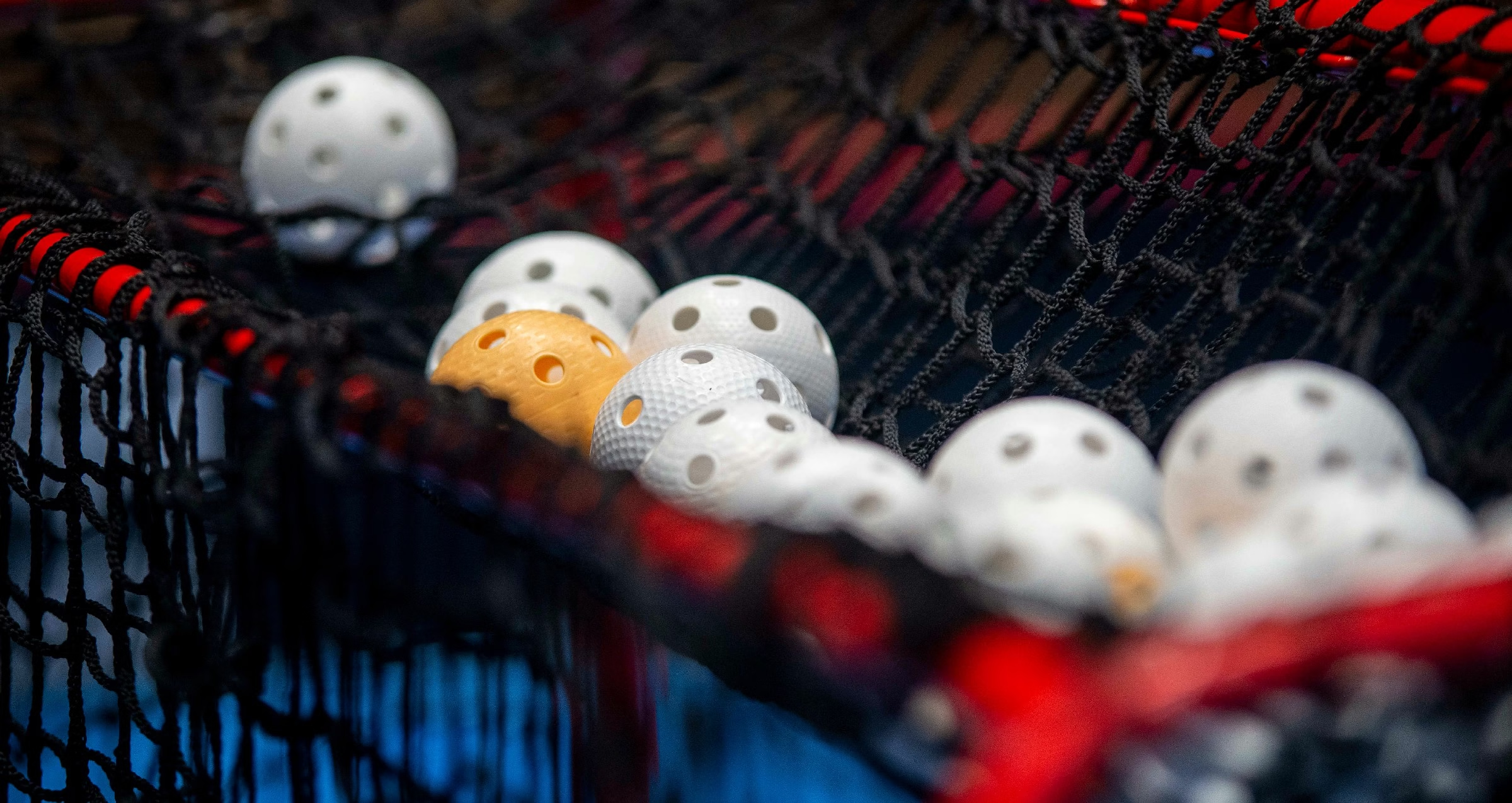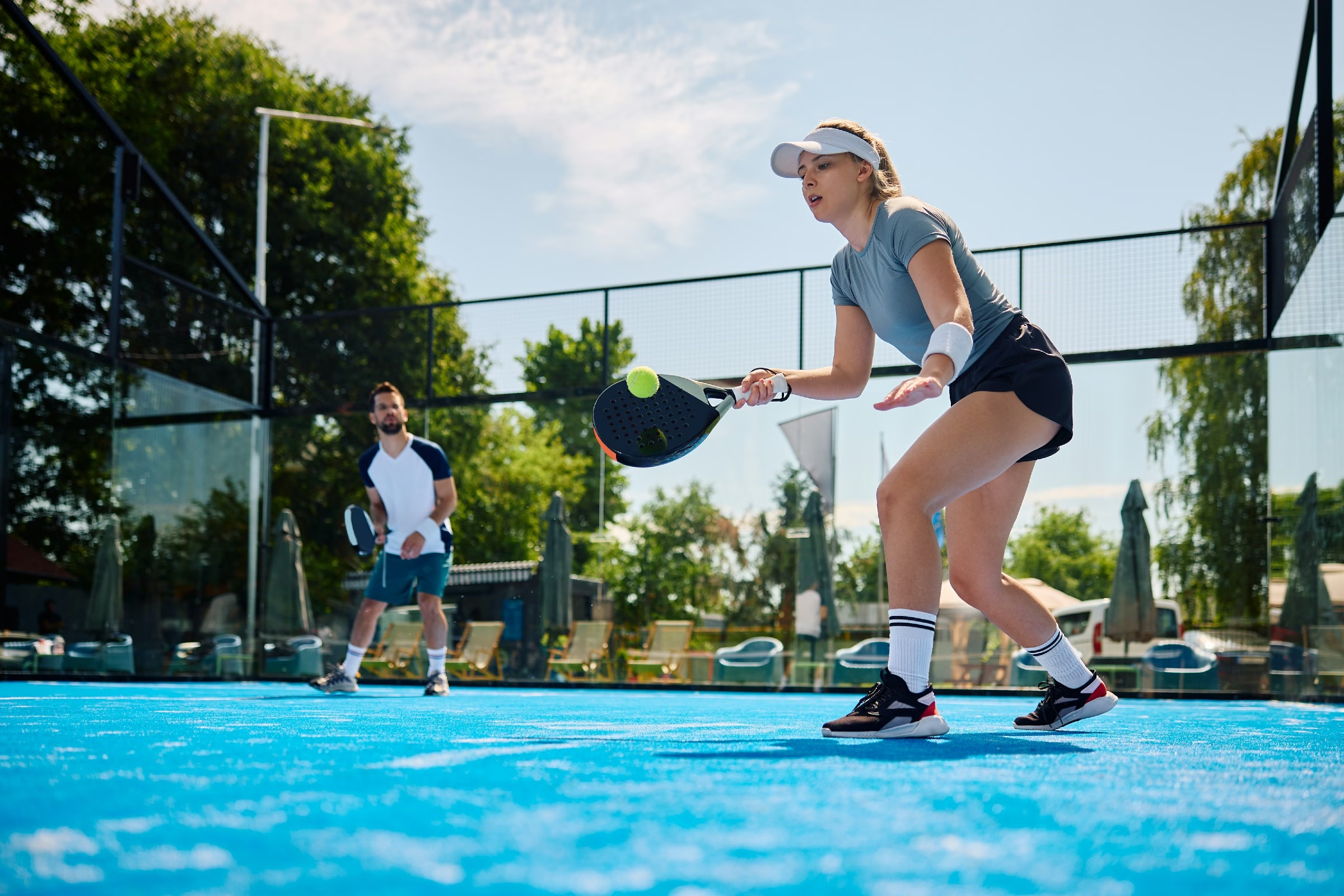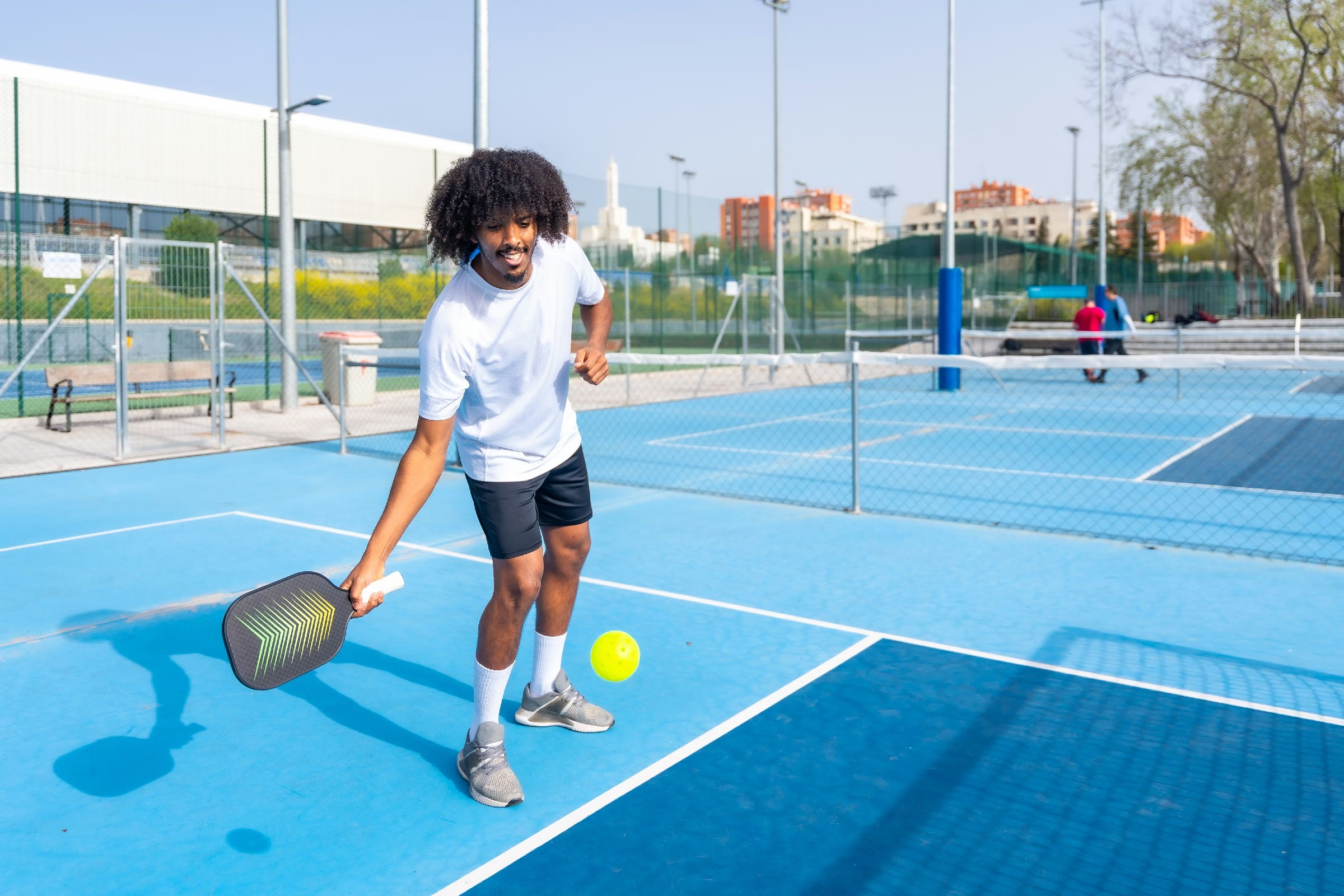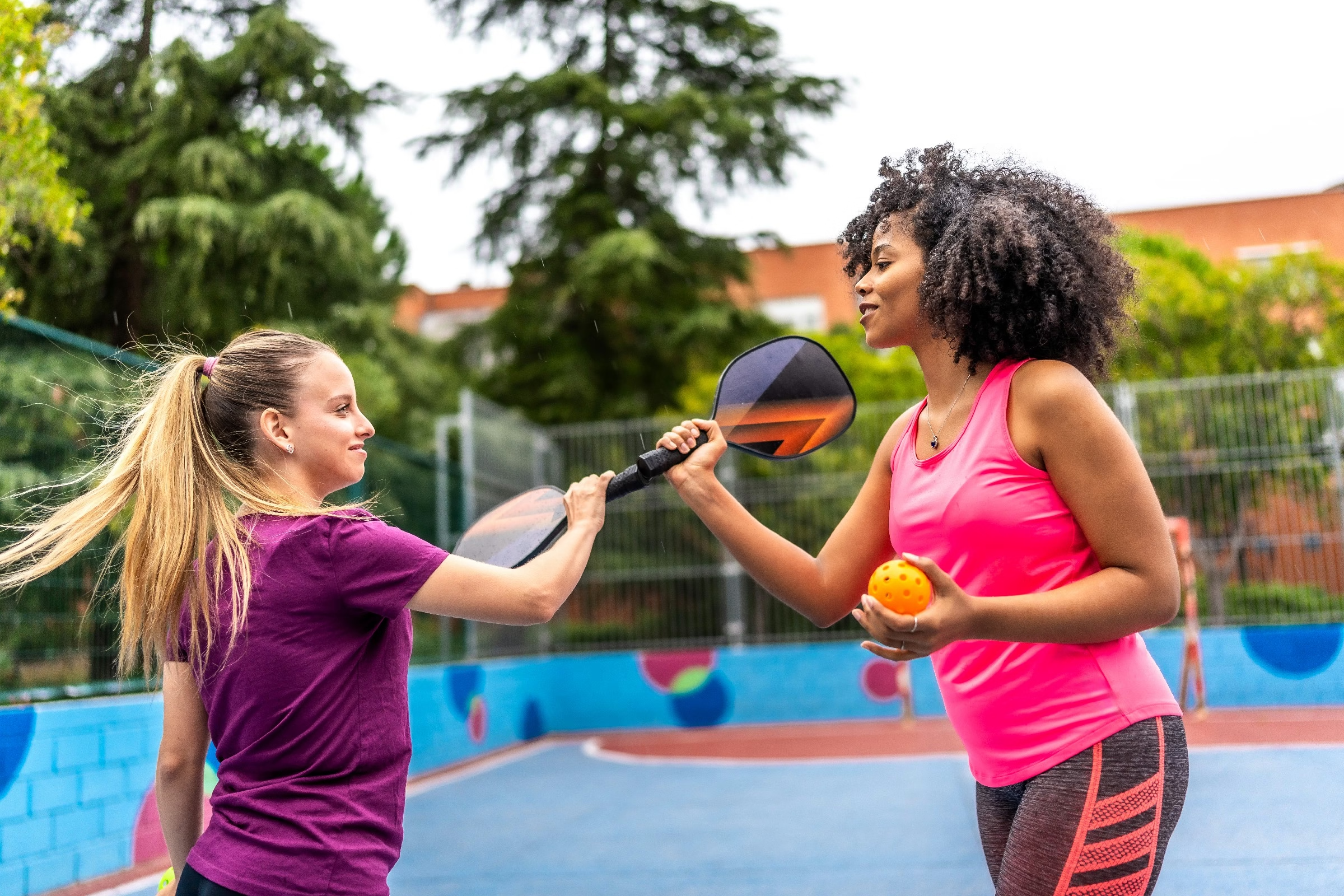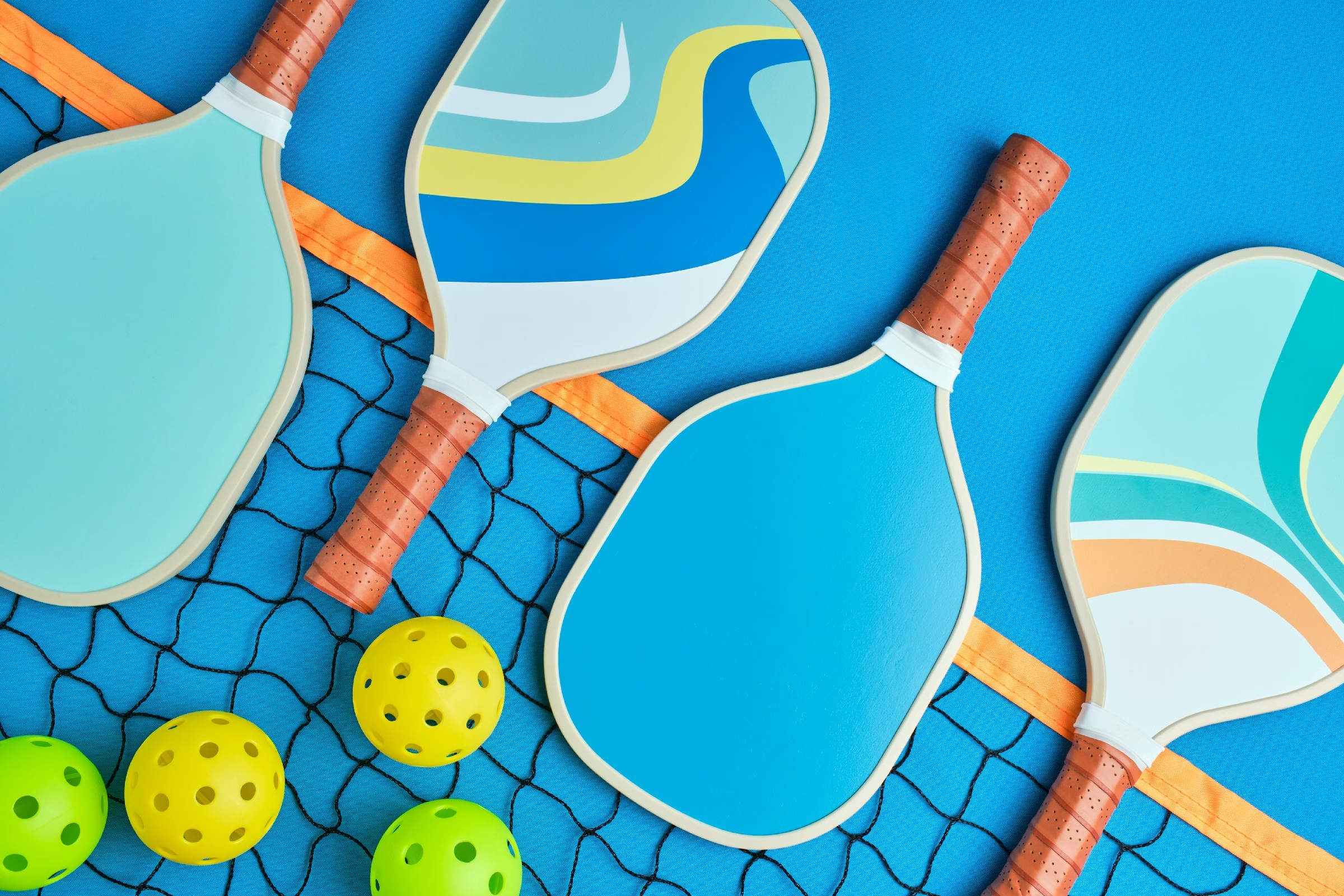Blog
is a spin serve legal in pickleball

In the vibrant world of pickleball, where strategic rallies and swift serves intertwine, players constantly push the boundaries of technique and innovation. One such tactic that has sparked curiosity—and controversy—is the spin serve. With its ability to confuse opponents and alter the trajectory of the ball, the spin serve has become a topic of spirited debate among enthusiasts and professionals alike.But amidst the exhilarating rallies and competitive spirit, a crucial question arises: Is a spin serve legal in pickleball? In this article, we’ll delve into the rules and regulations governing the spin serve, explore its tactical advantages, and shed light on the ongoing discussion surrounding its validity in play. Whether you’re a seasoned player or a curious newcomer, understanding the nuances of this intriguing serve could change the way you approach your next game.
Table of Contents
- Understanding Spin Serves in Pickleball
- Rules and Regulations Governing Spin Serves
- The Physics Behind the Spin Serve
- Common misconceptions About Spin Serves
- Strategies for Effectively Executing a Spin Serve
- Recommendations for Players: Embracing spin in Your Serve
- Q&A
- Wrapping up
Understanding Spin Serves in Pickleball
Spin serves have become an essential and exciting element of competitive pickleball,adding an extra layer of strategy to the game. With a well-executed spin serve, players can manipulate the ball’s trajectory and bounce, making it challenging for opponents to return. The critical aspect to understand is how the spin is generated.Typically, players achieve this by striking the ball at an angle with the paddle’s edge or using a flicking motion, which imparts topspin, backspin, or sidespin. These variations can affect the ball’s behavior upon hitting the court, leading to unpredictable returns.
There are a few types of spin one can apply, including:
- Topspin: This causes the ball to dip quickly and bounce high, often forcing opponents into uncomfortable positions.
- Backspin: The ball tends to stay low after landing, making it tricky for opponents to lift their shots back over the net.
- Sidespin: This results in the ball curving to one side,complicating the opponent’s angle of attack and potentially resulting in errors.
Understanding the rules regulating spin serves is equally vital. While a spin serve is legal in pickleball, players must adhere to specific guidelines, such as hitting the ball below the waist level and ensuring their feet remain behind the baseline at the time of the serve. Familiarity with these regulations not only enhances gameplay but also fortifies one’s arsenal with effective serves that can disrupt an opponent’s rhythm. Adapting to these dynamics can considerably impact individual performance,allowing spin serves to become a formidable weapon on the court.
Rules and Regulations Governing Spin Serves
In pickleball, the legality of a spin serve hinges on a few key rules outlined by the governing bodies of the sport. A spin serve can be executed as long as it complies with the basic serving regulations. Players must ensure that the serve is completed from behind the baseline and that it does not violate the momentum requirement, meaning the ball must be struck without bouncing first.Understanding these essential aspects is essential for players looking to add a spin element to their serves.
when performing a spin serve, players may utilize various techniques to impart spin, including wrist flicks or specialized grips. Though, it is indeed crucial to keep the following points in mind:
- The ball must be served diagonally to the opponent’s service court.
- The server’s feet must remain behind the baseline during the serve.
- The serve must not be made underhand—overhand serves with spin are allowed.
furthermore, it is essential to recognize that certain types of excessive or deceptive spin could potentially lead to disputes during play. To clarify these subtleties, a comparison table of approved and unapproved spin methods is outlined below:
| Spin Method | Status |
|---|---|
| Topspin | legal |
| Backspin | Legal |
| Side spin | Legal |
| Highly deceptive spins (extreme) | Potentially illegal |
The Physics Behind the Spin Serve
The effectiveness of a spin serve in pickleball is rooted in the principles of physics, particularly in how spin interacts with the ball’s trajectory and the opponent’s perception. When a player executes a spin serve,thay generate rotational motion,which alters the way the ball travels through the air and bounces on the ground. This effect can be broken down into several key components:
- Angular Momentum: The amount of spin imparted to the ball creates angular momentum, which influences its path.Increased spin allows the ball to curve or dip, making it more challenging for opponents to predict its landing.
- Magnus Effect: This phenomenon describes how spinning objects curve in flight.A ball with topspin will dip quickly, while backspin can cause it to float or rise, causing confusion for the receiver.
- Velocity Changes: The unique interaction of spin and speed can also affect the ball’s speed after it hits the ground. A ball with notable spin may bounce lower and faster, adding another layer of difficulty for the opponent to handle.
Understanding player reaction to a spin serve is equally important. The unpredictable movement of the ball can play mind games with opponents, forcing them to react quickly and potentially leading to mistakes.Factors influencing this reaction include:
| Factor | Effect on Reaction |
|---|---|
| Spin Type | Insufficient knowledge on how it affects bounce can lead to poor positioning. |
| Ball Speed | Faster serves require quicker reflexes, leaving less time to adjust. |
| Player Skill Level | More experienced players may read spins better but can still be caught off guard. |
the science behind a spin serve isn’t just for show; it plays a crucial role in enhancing a player’s competitive edge. By mastering the physics of spin,players can deliver serves that not only adhere to the rules of pickleball but also strategically weaken their opponents’ ability to respond effectively. The combination of science and skill transforms a simple serve into a powerful weapon on the court.
Common Misconceptions About Spin Serves
Many players are often puzzled by the nuances of spin serves, leading to several common misconceptions in the pickleball community. One prevalent myth is that spin serves are inherently illegal. In reality, as long as the serve follows the basic rules set by the International Pickleball Federation, applying spin does not violate any regulations. This versatility allows players to gain a competitive edge, utilizing various spins to confuse their opponents.
Another misconception revolves around the effectiveness of spin serves. Some believe that adding spin can significantly enhance the serve’s power, while others think it renders the serve less potent. The truth is, while spin can create unpredictable trajectories, it requires skillful execution. Serious practitioners understand that technique and placement play a more crucial role than mere spin in achieving successful serves.
Players may also overlook that spin serves can be mastered through practice and experimentation. In fact, many players believe that spin serves are reserved for advanced levels of play, creating a barrier for beginners who might hesitate to incorporate this technique. In truth, anyone willing to invest the time in learning can effectively develop a spin serve that suits their playing style.
Strategies for Effectively Executing a spin Serve
Executing a successful spin serve requires a combination of technique, timing, and an understanding of your opponent’s weaknesses. To develop an effective spin serve,players must focus on the following key elements:
- Grip and Racket Angle: Hold the paddle with a firm grip while ensuring the face is tilted slightly to create the desired spin. Experiment with different angles to find what works best for you.
- Ball Contact: Striking the ball at the right moment is crucial.Aim to hit the ball on the upward motion for maximum spin while maintaining a fluid motion.
- Body Position: Position your body to generate power and control. A strong stance and proper weight transfer can enhance your serve’s effectiveness.
Understanding the different types of spins can greatly influence how your serve is received. Here’s a swift overview of the common spins used in pickleball spins:
| Type of Spin | Description | Effect on Opponent |
|---|---|---|
| Topspin | Ball spins forward, causing it to dip quickly. | Can bounce high, making it tough for the opponent to return. |
| Backspin | Ball spins backward, typically resulting in a slower bounce. | May trick the opponent into hitting it too high or missing entirely. |
| Side Spin | Ball spins sideways, moving laterally across the court. | Can lead to unexpected angles, complicating the return process. |
practice is essential to mastering the spin serve. Engage in focused drills to enhance your serve’s consistency and effectiveness. Consider incorporating the following into your training routine:
- Shadow Swings: Mimic the serve motion without the ball to build muscle memory.
- Target Practice: Set up targets on the court to improve accuracy and responsiveness.
- Video Analysis: record your serves to evaluate form and identify areas for advancement.
Recommendations for Players: Embracing Spin in Your Serve
To elevate your game in pickleball, incorporating spin into your serve can be a game-changer. By mastering different types of spin, you can create unpredictable trajectories that keep your opponents guessing.Here’s how to embrace spin effectively:
- Topspin Serve: This add spin ensures that the ball bounces high, frequently enough catching opponents off guard. Aim for a smooth upward motion with your paddle to achieve this effect.
- backspin Serve: Perfect for pushing back your opponent, this serve can make the ball come to an abrupt halt after bouncing, complicating their return. Focus on brushing the ball backward as you make contact.
- Side Spin Serve: This serves to create lateral movement, making it difficult for your rival to predict where the ball will land.Ensure your paddle moves side to side as you strike the ball to generate this spin.
practice is paramount when it comes to adding spin to your serve. Start with a basic understanding of your paddle angle and hand positioning. Spend time on the court,experimenting with different spins and observing how they affect your opponents’ responses. Consider keeping a journal of your practice sessions to track what works and what doesn’t, which can help streamline your learning process.
Moreover, don’t forget the psychological edge that a well-executed spin can provide. Opponents may become overly focused on anticipating your next spin serve,leading to mistakes on their part. use this to your advantage by alternating between spins and flat serves to maintain unpredictability. The chart below illustrates the benefits of each spin type:
| Type of Spin | Benefits |
|---|---|
| Topspin | higher bounce, difficult returns |
| Backspin | Short bounce, disrupts opponent’s timing |
| Side Spin | Lateral movement, creates uncertainty |
Q&A
Q&A: Is a Spin serve Legal in Pickleball?
Q1: What is a spin serve in pickleball?
A1: A spin serve is a type of serve where the player imparts spin to the ball, causing it to curve or bounce unpredictably when it hits the ground. Much like in tennis, the submission of spin can make it challenging for the receiving player to return the ball effectively.
Q2: Is a spin serve allowed in pickleball?
A2: Yes, a spin serve is legal in pickleball! Players are encouraged to explore various techniques, including adding spin to their serves. The rules of pickleball allow for different types of serves, provided they adhere to the overall guidelines regarding serving technique.
Q3: Are there specific rules governing how a serve must be executed?
A3: Absolutely! According to the official pickleball rule book, serves must be made underhand and the paddle must strike the ball below the waist. While spin is permissible, players must ensure they follow these fundamental serving rules to remain within the regulations.
Q4: Do different types of spins affect the legality of the serve?
A4: No,the legality of a serve is not dependent on the type of spin. Whether you employ topspin, backspin, or sidespin, the key is that the serve is executed from a designated area and adheres to the required underhand technique. As long as players keep these rules in mind, they can get creative with their spins!
Q5: Is there a disadvantage to using a spin serve?
A5: While a spin serve can be a tantalizing tactic, it does come with its challenges. Mastering spin requires practice and precision. If a spin serve is poorly executed, it can lead to faults or easily returnable balls for the opponent. Knowledge of proper technique and a bit of finesse are essential for maximizing its effectiveness.
Q6: Can spin serves be a strategic advantage in a game?
A6: Definitely! A well-timed spin serve can confuse your opponent, disrupt their rhythm, and potentially lead to an advantage in points. Players who understand their opponents’ weaknesses may find that mixing spins into their serving repertoire can be a powerful strategy.
Q7: How can players practice their spin serves?
A7: Practicing spin serves can be both fun and beneficial. Start by focusing on your grip and stance, then experiment with your paddle angle at contact to see how different spins affect the ball’s trajectory. Playing with a partner or against a wall can provide additional feedback and help fine-tune your technique. Remember, the more you practice, the more deft you’ll become at serving with style!
Q8: Where can players find more information about serving rules?
A8: Players looking to brush up on the specifics of serving rules in pickleball can refer to the official USA Pickleball Association (USAPA) rulebook, which outlines all the regulations. Most local clubs and associations also provide resources and clinics to help players refine their skills, including serves.
a spin serve in pickleball is not only legal but can also be an essential tool in a player’s arsenal—just be sure to practice, stay informed, and have fun while serving!
Wrapping Up
In the vibrant world of pickleball, where strategy and skill intertwine, the legality of the spin serve raises intriguing questions for players and enthusiasts alike. As we’ve explored, the rules governing this technique are nuanced, ultimately designed to maintain fair play and the spirit of the game. Whether you’re an avid competitor or a casual player, understanding the intricacies of the spin serve can enhance your thankfulness for this beloved sport. So next time you step onto the court, armed with knowledge and perhaps a newfound respect for your opponent’s spin serve, remember: it’s not just about the rules; it’s about the joy of playing and the connections we forge along the way. Happy playing!

